From Goryeong, Sancheong to Busan, a taste of traditional culture
By Yoon Min-sikPublished : Oct. 25, 2018 - 15:45
Korea is a country with rich culture and lengthy history, spanning across nearly five millennia.
Taking a trip across Goryeong-gun in South Gyeongsang Province, one can come across remnants of one of Korea’s ancient civilizations -- Gaya.
Trekking across remains of Daegaya Kingdom
Goryeong is where Daegaya Kingdom, one of the leading powers of the Gaya confederacy that occupied the southern part of the peninsula, had been based in before succumbing to invasion by Silla Kingdom in 562 AD. The small town is littered with remains of the kingdom.
Taking a trip across Goryeong-gun in South Gyeongsang Province, one can come across remnants of one of Korea’s ancient civilizations -- Gaya.
Trekking across remains of Daegaya Kingdom
Goryeong is where Daegaya Kingdom, one of the leading powers of the Gaya confederacy that occupied the southern part of the peninsula, had been based in before succumbing to invasion by Silla Kingdom in 562 AD. The small town is littered with remains of the kingdom.
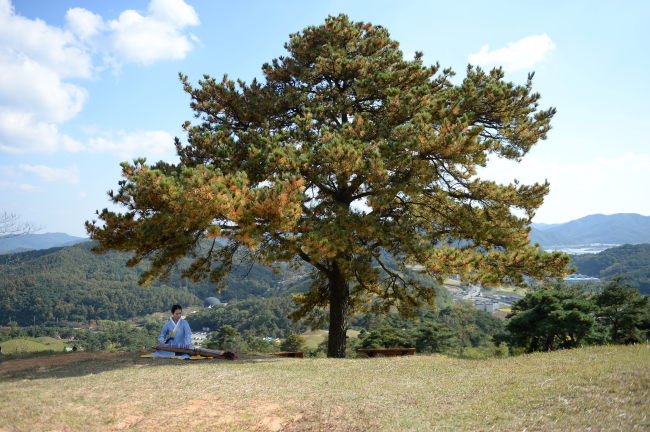
One of the most popular tourism spots in the region is the Goryeong Jisandong Daegaya Tumuli, currently on the tentative list to become a UNESCO World Heritage site.
It consists of 704 tumuli over what are presumed to be graves of royals and noblemen of the times, extending from Jisan-dong to Yeonjo-ri. Unlike Silla, who buried their royals on the plains, Gaya is believed to have buried their royals on mountainsides in the belief that it would bring them closer to the gods and help them look over the people.
After annexation, the tradition lived on to affect Silla’s burial custom as well.
The trekking course begins with a 20-30 minute hike up to the mountains, which is not very steep but requires comfortable shoes.
En route to the tumuli, you will find traces of the outer fortress of Daegaya, a proof that the country was fortified. The outer fortress is presumed to have been 1.4 kilometers long, while the inner fortress is thought to be 700 meters.
After a while, the forest clears up to reveal a spectacular sight of the Goryeong-gun. You can enjoy the view of the entire town surrounded by the mountains, along with a light breeze to cool off any beads of perspiration you may have acquired on the hike.
In burying the royals and the nobilities in the ancient times, it was customary for their servants to be buried with them alive in the grave. Tumulus No. 44 is the first grave in which such live burials are known to have taken place.
Daegaya Museum, located at the end of the trekking course, has replicated the interior of the Tumulus No. 44. Visitors can see the structure of the grave, how the dead and the living were buried, along with explanations about its historical value.
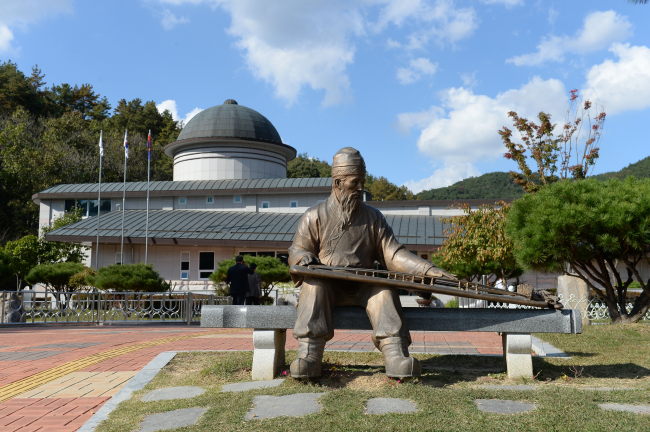
Tunes of gayageum
Another Gaya-era tradition that one can find in Goryeong is the gayageum, thought to have been invented by a musician named Ureuk.
Gayatgo Maeul, located in Daegaya-eup, is a place where one can see how the instrument is made and even learn how to play one. Step into the workshop, and you can see the gayageum-making in action.
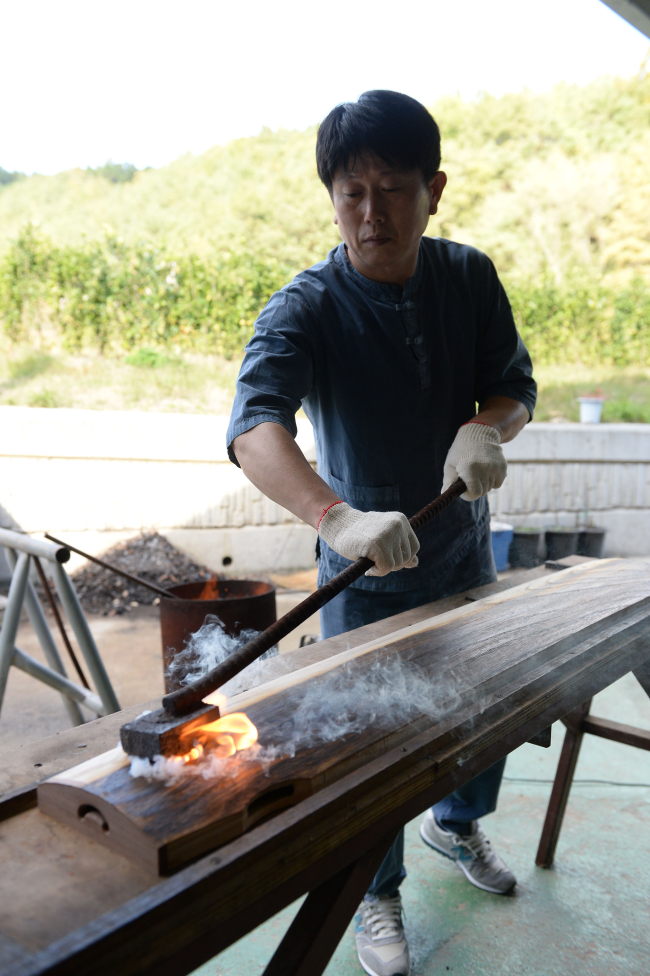
It takes over half a decade to make one instrument, with the drying of the paulownia tomentosa wood taking up the most time, about five years. After the wood has been dried -- at this point 90 percent of the wood is deemed unfit to be made into an instrument -- craftsman trim the wood over a thousand times.
According to master craftsman Kim Dong-hwan, a high-quality gayageum can cost up to 15 million won ($13,181).
Donguibogam oriental medicine town
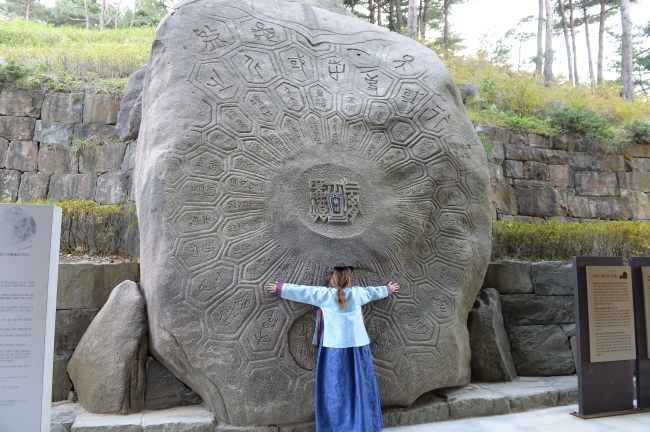
For those interested in oriental medicine, Donguibogam Village in Sancheong-gun is a must-visit place.
Among the attractions are a stone mirror and turtle rock that is supposed to bring good luck. According to the operators, leaning into the stone mirror will charge your qi – known as “gi” in Korean, which in oriental medicine refers to life energy.
The place also has medicinal herb sauna, swimming pools and oriental medicine clinics where visitors can actually make an oriental herbal medicine called “gongjindang.” The program is about 30-40 minutes long and each participants makes three, two of which you can gift-wrap and take home.
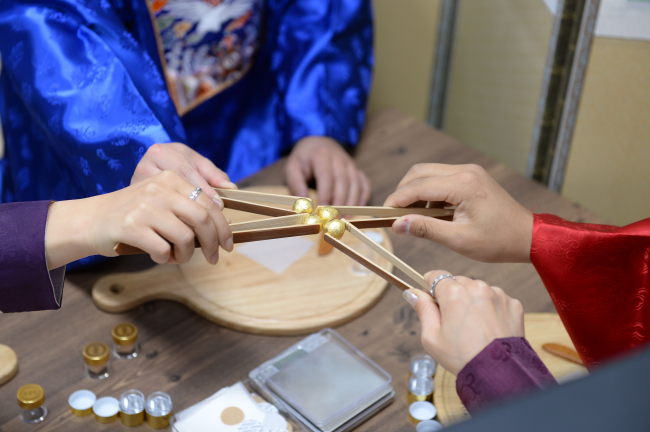
Numerous lodging facilities -- both Western-style and hanok -- are available, but pre-booking is advisable as it is quite popular.
The Daegaya tourism program and the oriental theme park are two of the Korean programs certified by the Ministry of Culture, Sports and Tourism earlier this year.
Taekwondo in Busan
Another heritage the ministry is seeking to promote are traditional martial arts like taekkyeon, gungdo (archery) and the Olympic sport of taekwondo.
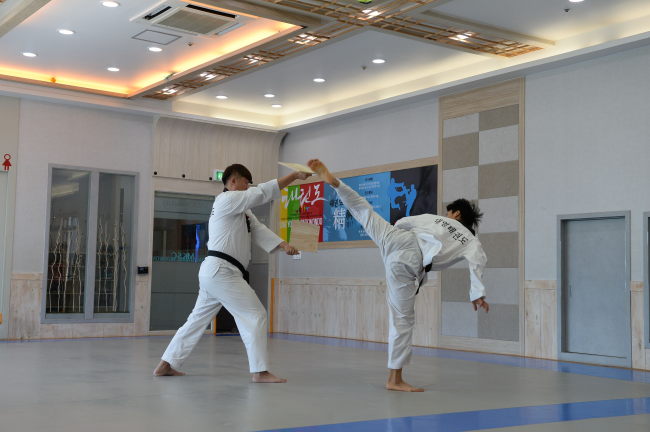
Daeyoung Taekwondo in Busan is a place authorized by the city to run a hands-on taekwondo program for foreigners. It is one of the more popular attractions in Busan, giving visitors a chance to dress up in official uniform, learn some moves and try breaking plywood to show off their progress.
For those exhausted by 90 minutes of Taekwondo, a trip on the Busan Air Cruise cable car at Songdo Beach in Seo-gu is recommended. The cable car -- a 15,000 won round trip -- offers a panoramic view of the Songdo area and the ocean. An extra 5,000 won will get you on a “crystal cruise” car with transparent panels in the floor.
For those exhausted by 90 minutes of Taekwondo, a trip on the Busan Air Cruise cable car at Songdo Beach in Seo-gu is recommended. The cable car -- a 15,000 won round trip -- offers a panoramic view of the Songdo area and the ocean. An extra 5,000 won will get you on a “crystal cruise” car with transparent panels in the floor.
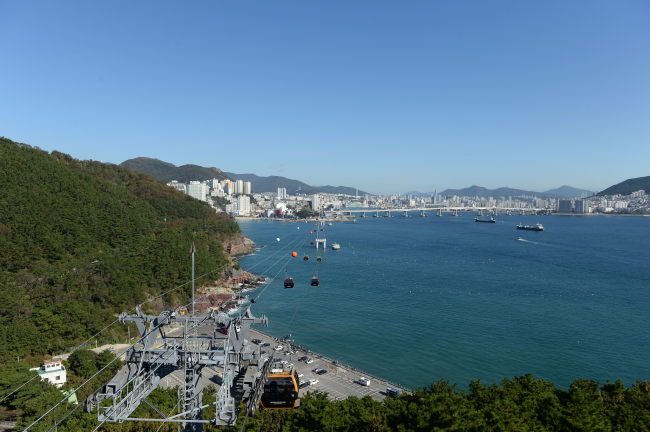
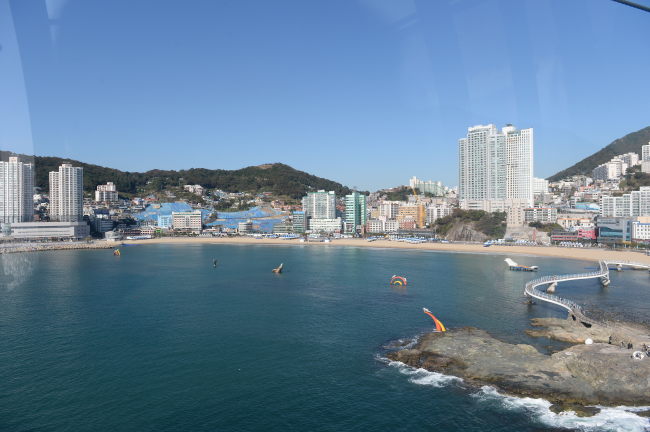







![[KH Explains] How should Korea adjust its trade defenses against Chinese EVs?](http://res.heraldm.com/phpwas/restmb_idxmake.php?idx=644&simg=/content/image/2024/04/15/20240415050562_0.jpg&u=20240415144419)











![[Today’s K-pop] Stray Kids to return soon: report](http://res.heraldm.com/phpwas/restmb_idxmake.php?idx=642&simg=/content/image/2024/04/16/20240416050713_0.jpg&u=)